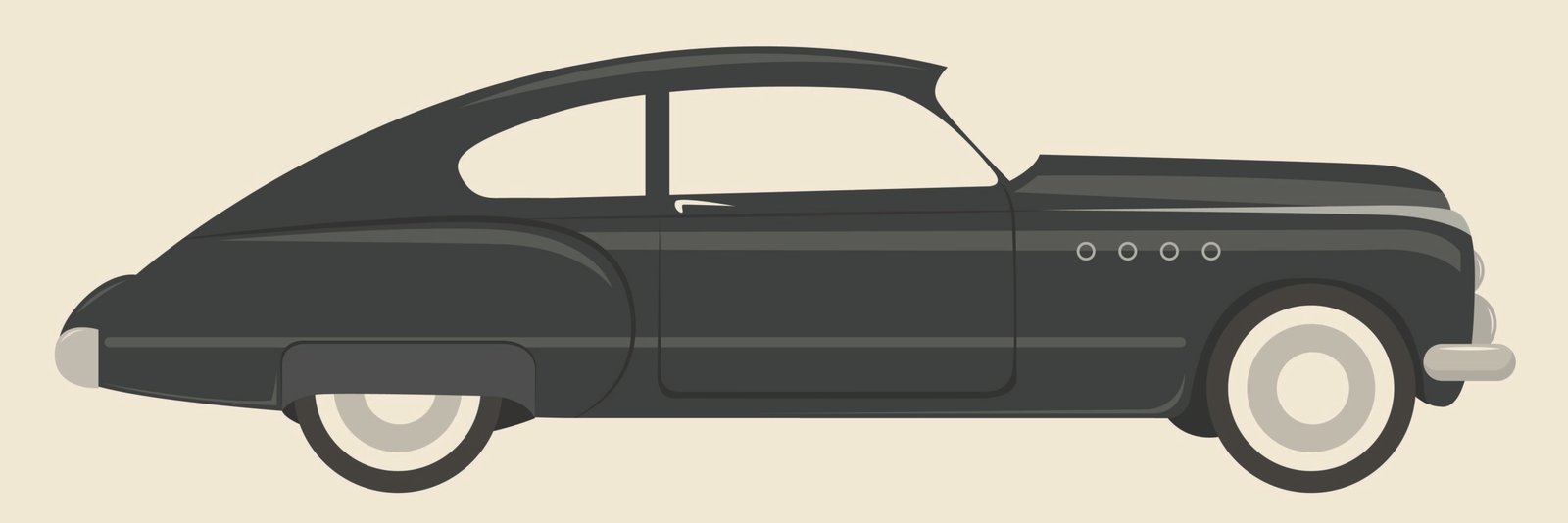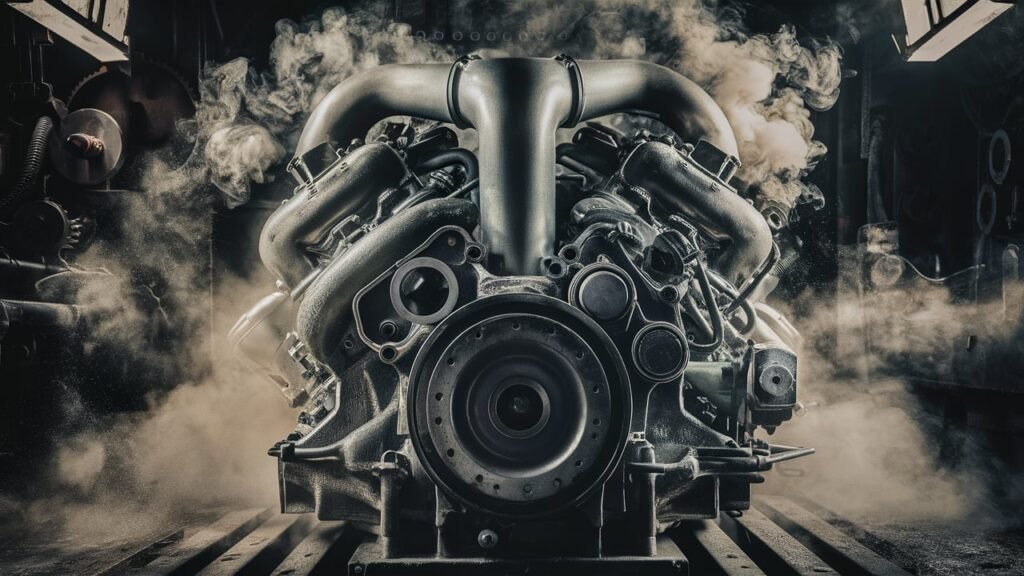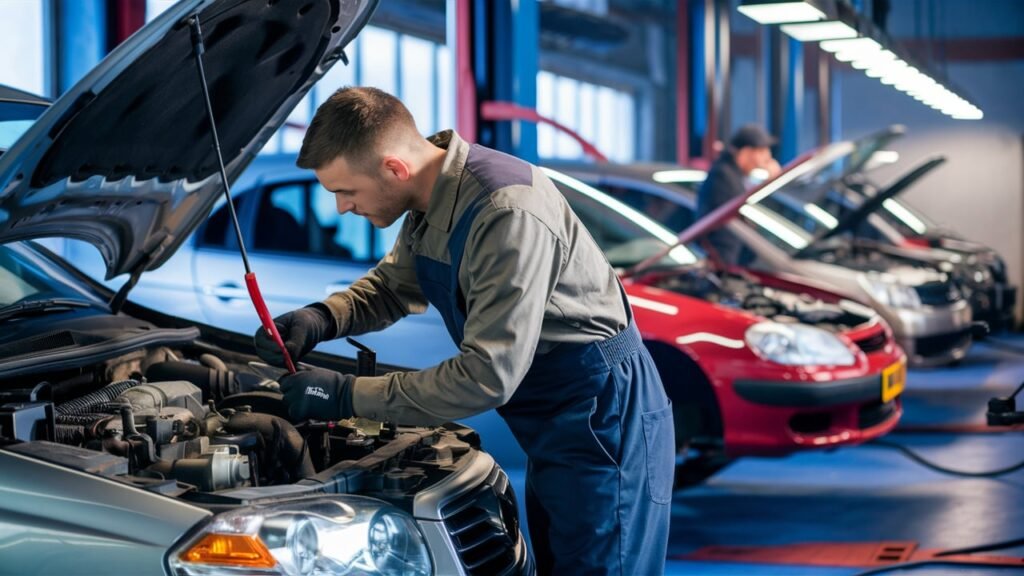
7 Crucial Things You Need to Know About Car Brake Lines
In the intricate symphony that powers your vehicle’s safe travel, car engine brake lines play a crucial role often overlooked. These unsung heroes are the silent conduits that carry hydraulic fluid, transmitting force from your foot to the braking system with remarkable precision and efficiency.
Understanding the nuances of these vital components is not merely a matter of academic interest but a key aspect of ensuring the functionality and safety of your braking system.
Imagine driving without reliable brakes—chaos unfolds at every intersection, every hill descent becomes treacherous, every stop sign a nightmare scenario. Brake lines represent the unsung protectors in this narrative, quietly ensuring that when you need to stop on a dime, your vehicle responds flawlessly.
As lifelines connecting your braking pedal and calipers, brake lines are veritable guardians of safety on the road. Within their seemingly humble tubing lies an intricate network that dictates whether you halt smoothly or face impending danger—a testament to their indispensable nature in maintaining optimal braking performance.
Welcome to an exploration into these unassuming yet pivotal components as we unravel 7 Crucial Things You Need to Know About Car Engine Brake Lines—one article standing between automotive mastery and unforeseen pitfalls on your road ahead.
Understanding Brake Lines.
Brake lines in a car’s engine are vital components responsible for transmitting hydraulic pressure from the master cylinder to the brake calipers or wheel cylinders, initiating the braking action of a vehicle. These hollow tubes are typically made of metal, such as steel or aluminum, or flexible materials like rubber or braided stainless steel.
When you press the brake pedal, it activates the master cylinder, which then forces brake fluid through the brake lines to each individual wheel. This hydraulic force is what ultimately applies pressure on the brake pads or shoes, creating friction that slows down and stops the vehicle efficiently.
The importance of maintaining brake lines cannot be overstated when it comes to ensuring optimal performance and safety while driving. Over time, brake lines can deteriorate due to exposure to contaminants like dirt, moisture, and road salt.

Any weakness in these lines can lead to leaks, which compromise the integrity of the entire braking system. Regular inspections and maintenance routines are crucial for detecting early signs of wear or damage in brake lines.
For instance, a simple visual inspection looking for cracks, bulges, rust spots, or leaks along the length of the line can help identify issues before they escalate into more severe problems.
Keeping your brake lines in top condition is not only essential for your safety but also contributes significantly to efficient braking operations. Imagine driving downhill on a winding road without properly functioning brake lines – any delay in applying brakes due to compromised lines could result in dire consequences.
Thus, understanding how these integral parts operate and knowing how to spot potential issues promptly empowers car owners to take proactive steps in preserving their vehicle’s braking system. By investing time and effort into maintaining your car engine’s brake lines, you are prioritizing both your safety and that of others on the road.
Types of Brake Lines.
When considering brake lines for your vehicle, it’s essential to understand the different materials used in their construction. Steel brake lines are a common choice due to their durability and resistance to corrosion.
However, they can be prone to rust if not maintained properly, making them less ideal for regions with harsh winters or salted roads. On the other hand, rubber brake lines offer flexibility but may degrade faster over time, leading to potential leaks and reduced braking efficiency.
Another popular option is braided stainless steel brake lines, which combine strength and flexibility. These lines provide improved pedal feel and are less likely to expand under high pressure, offering a more responsive braking experience.
While they come at a higher cost compared to traditional steel or rubber lines, the durability and performance benefits make them a preferred choice for enthusiasts seeking enhanced braking capabilities.
When selecting the most suitable material for your brake lines, consider the driving conditions you typically encounter. For daily commuting in urban areas with minimal exposure to extreme weather conditions, steel or rubber lines could suffice.
In contrast, if you frequently engage in spirited driving or track days where heat buildup can affect braking performance, investing in braided stainless steel brake lines might be a wise decision.
Ultimately, choosing the right brake line material is crucial for maintaining safety and optimal braking performance. Understanding the pros and cons of each type allows car owners to make informed decisions based on their driving habits and environmental factors.
Regular inspection and replacement of worn-out brake lines with the appropriate material ensure that your vehicle’s braking system remains reliable when you need it most.
Signs of Brake Line Issues.
Identifying signs of brake line issues is crucial for maintaining a safe braking system in your vehicle. Common symptoms that may indicate potential problems with brake lines include leaks and sponginess in the brakes.
Leaking brake fluid, often seen as damp spots beneath the car or around the wheels, can signal a compromised brake line that needs immediate attention. Spongy brakes, where the pedal feels soft or slowly sinks to the floor when depressed, can point to air in the brake lines or fluid leakage.
Promptly addressing brake line issues is paramount to prevent safety hazards while driving. A compromised brake line can lead to decreased braking efficiency, increasing stopping distances and potentially causing accidents.

Ignoring signs of brake line problems can result in total brake failure, putting both the driver and others on the road at risk. Therefore, any unusual symptoms related to braking should be investigated promptly by a qualified mechanic to avoid dangerous situations on the road.
To visually inspect and detect signs of wear or damage on brake lines, it is advisable to regularly check for any visible cracks, abrasions, or bulges along the length of the lines. Pay attention to areas near fittings and connections as these are common places for leaks to occur.
Additionally, inspecting for any wet spots or pooling of brake fluid beneath the vehicle can help identify potential leaks in the system. A visual inspection combined with testing for sponginess in the brakes can provide valuable insights into the condition of your car’s brake lines and indicate if further professional inspection or maintenance is necessary.
Brake Line Maintenance Tips.
Maintaining your car’s brake lines is crucial to ensure the safety and efficiency of your vehicle’s braking system. Regular upkeep practices can significantly extend the lifespan of your brake lines and prevent potential issues down the road.
One essential maintenance task is bleeding the brake system, which involves removing air bubbles that may have entered the system and replacing old brake fluid with fresh fluid. By eliminating air pockets and refreshing the hydraulic fluid, you are enhancing the responsiveness and effectiveness of your brakes, ultimately contributing to a smoother and more reliable braking experience.
When it comes to complex maintenance tasks related to brake lines, it is imperative to consult professionals who specialize in automotive care. While basic maintenance like visual inspections can be done at home, tasks like repairing leaks or replacing damaged brake lines require expertise and precision.

Professional mechanics possess the tools, knowledge, and experience necessary to address intricate brake line issues effectively. Seeking professional assistance for advanced maintenance not only ensures the thoroughness of the work but also guarantees that your vehicle’s braking system meets industry safety standards.
For instance, consider a scenario where after visually inspecting your car’s brake lines, you notice signs of wear or corrosion on certain sections. While you can visually identify these issues, addressing them correctly requires technical expertise to prevent further damage or malfunction.
Consulting a qualified mechanic in such situations will enable you to receive expert advice on whether those damaged areas need repairs or replacements for optimal performance. Your commitment to comprehensive maintenance by involving professionals when needed underscores your dedication to keeping your car in top condition for safe driving experiences.
DIY Inspection Guide for Brake Lines.
Visual inspection of brake lines is a crucial aspect of maintenance that can prevent potential issues and ensure your vehicle’s safety. Here is a step-by-step guide to help you conduct a thorough examination of your car’s brake lines.
Begin by locating the brake lines underneath your vehicle; they run from the master cylinder to the brake calipers or wheel cylinders. Inspect the entire length of each line for signs of wear, such as cracks, corrosion, or leaks. Pay close attention to areas where the lines are secured with clips or brackets, as these spots are prone to damage.

For this DIY inspection, you will need a flashlight to illuminate hard-to-reach areas and a rag to wipe off any dirt or debris that may obscure your view. Additionally, it’s beneficial to have some penetrating oil on hand to help loosen any rusted fittings for closer inspection.
If you notice any soft spots, bulges, or visible leaks on the brake lines, it’s advisable to seek professional help immediately for further evaluation and necessary repairs. Remember that safety should always be the top priority when dealing with critical components like brake lines.
While minor surface rust might not be cause for immediate concern, any compromise in the integrity of the brake lines could lead to significant safety risks while driving. By understanding how to visually inspect brake lines and recognizing when professional assistance is needed, you can proactively address potential issues before they escalate into more severe problems down the road.
Regular inspections and timely maintenance play a pivotal role in ensuring that your car’s braking system operates smoothly and reliably under various driving conditions – from daily commutes to long highway journeys.
Upgrading Your Brake Lines.
Upgrading stock brake lines with aftermarket options can provide several benefits, enhancing the overall performance and safety of your vehicle. Aftermarket brake lines often offer improved durability, which can be particularly advantageous for vehicles that undergo frequent heavy braking or driving in harsh conditions.
Upgraded brake lines may also provide better heat resistance, reducing the risk of brake fluid boiling under extreme temperatures during intense braking situations. These factors can contribute to a more responsive braking system and increased driver confidence on the road.
When considering upgrading brake lines, there are several crucial factors to take into account to ensure compatibility and optimal performance. One key consideration is the material used in the aftermarket brake lines.

Materials like braided stainless steel are known for their superior strength and resistance to corrosion compared to traditional rubber hoses, offering a longer service life. Additionally, evaluating the compatibility of the upgraded brake lines with your vehicle’s braking system specifications is essential to prevent any unforeseen issues and ensure seamless integration.
Several popular aftermarket brands are renowned for producing high-quality brake lines that cater to various driving needs and preferences. For example, XYZ Performance offers a range of braided stainless steel brake lines known for their durability and reliability in high-performance driving scenarios.
On the other hand, ABC Racing specializes in heat-resistant silicone brake hoses ideal for racing applications where consistent performance under extreme conditions is vital. Choosing reputable brands ensures that you invest in reliable components that meet industry standards and contribute to an enhanced driving experience.
FAQs about Car Engine Brake Lines.
When it comes to car engine brake lines, there are common questions that arise among car owners. Let’s address some of these frequently asked questions to help you better understand this critical component of your vehicle:
1. **How often should I inspect my brake lines?**
Regular inspection of your brake lines is crucial for maintaining safe driving conditions. It is recommended to visually check your brake lines during every tire rotation or at least every six months. Additionally, if you notice any signs of wear or damage such as leaks or corrosion, immediate attention is necessary.
2. **Can I use any type of fluid in my brake lines?**
No, it is essential to use the manufacturer-recommended brake fluid for your specific vehicle. Using the wrong type of fluid can compromise the performance and safety of your braking system. Refer to your owner’s manual or consult a professional mechanic for guidance on the correct brake fluid to use.

3. **Are stainless steel braided brake lines worth the investment?**
Stainless steel braided brake lines offer enhanced durability and heat resistance compared to traditional rubber or steel lines. If you frequently engage in aggressive driving or track events, upgrading to stainless steel braided lines can improve brake pedal feel and overall performance.
Misconceptions and myths surrounding brake line maintenance are not uncommon among car owners:
– Myth: “Brake fluid never needs changing.”
Contrary to popular belief, brake fluid is hygroscopic, meaning it absorbs moisture over time which can lead to decreased braking efficiency and corrosion within the braking system. Regularly flushing out old brake fluid and replacing it with fresh fluid helps maintain optimal performance.
For more detailed information on specific queries related to your vehicle’s braking system, reputable resources like online forums dedicated to car maintenance or official manufacturer websites can provide valuable insights into understanding and caring for your car’s engine brake lines efficiently. Remember, staying informed and proactive about your car’s maintenance is key to ensuring a safe driving experience on the road.
Conclusion: Ensuring Safe Braking Systems.
In conclusion, the integrity of car engine brake lines is paramount to safe driving. These crucial components play a vital role in transmitting hydraulic force from the braking system to effectively stop a vehicle.
By understanding the types of brake lines available, recognizing signs of wear or damage, and following proper maintenance protocols, car owners can uphold the efficiency and reliability of their braking systems. It is not merely about maintaining a vehicle but also ensuring the safety of oneself and others on the road.
Regular inspections and preventive maintenance routines are key aspects of responsible car ownership practices. Embracing a proactive approach toward caring for brake lines can prevent catastrophic failures and accidents due to brake system malfunctions.
By remaining vigilant, seeking professional assistance when necessary, and staying informed about best practices in brake line maintenance, individuals can contribute to creating safer roads for everyone. Remember, taking care of your car’s engine brake lines isn’t just a matter of maintenance; it’s a commitment to prioritize safety every time you hit the road.




